National Library of Medicine Announces Release of "Embryo" App
The National Library of Medicine of the National Institutes of Health has released "Embryo", a new app for the iPhone, iPod Touch and the iPad. The NICHD collaborated on the development of the app, which provides access to digitized representations of serial sections of early stage human embryos for mobile devices, photo micrographs of early stage embryo development, fertilization videos, and a pregnancy calculator.
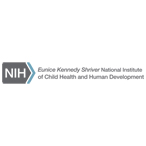


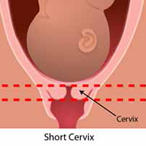

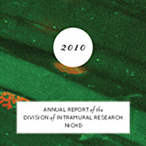


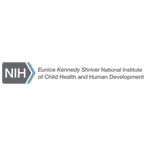
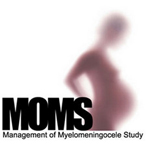
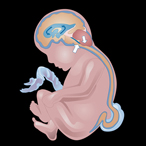
 BACK TO TOP
BACK TO TOP